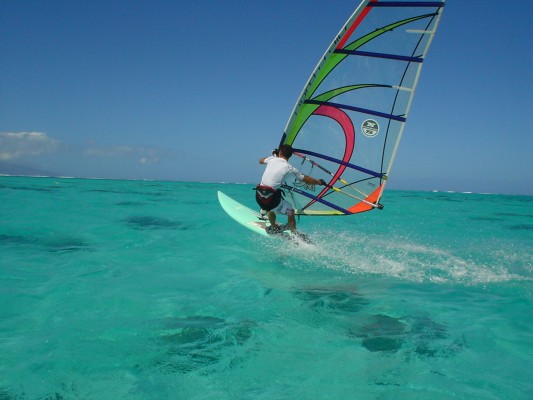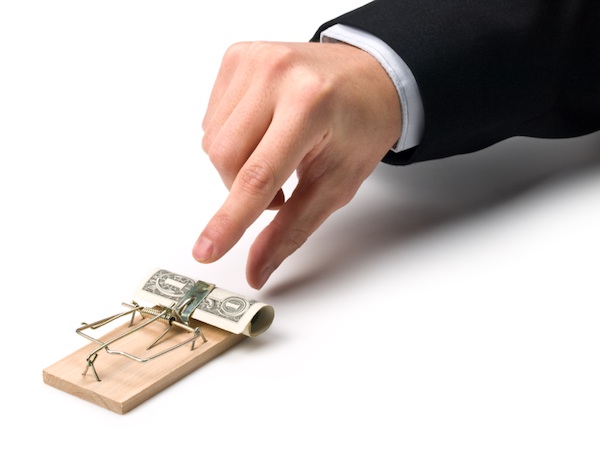With summer here, it is only natural to want to get out and become active again – go to the beach, go out camping, and other such activities. However, with temperatures on the rise, other dangers crop up directly associated with the heat. I’m referring to heat stroke – the condition where your body overheats resulting in debilitating side-effects that could range from a severe headache and in the most extreme cases hospitalization and death.
If you plan to be outside this summer, in particular if you plan on doing anything physical, it is important to learn to recognize when heat stroke is falling upon you, and what you must do to prevent it, allowing for a safer and more enjoyable summer.
Symptoms:
Heat stroke follows heat cramps and heat exhaustion, and is accompanied by a number of symptoms as your body’s way of warning you of the danger. The symptoms are as follows:
High Body Temperature
Heat stroke is defined as when the body’s internal temperature reaches over 104 degrees Fahrenheit or more. At this point the body suffers from many adverse health effects due to the high temperature, thus cooling it is the primary response to heat stroke.
Lack of Sweat
If one’s skin is hot to the touch, but no longer producing any actual sweat, this is another sign of heat stroke. Sweat is the body’s natural way of keeping itself cool, but if it has no water to excrete for this purpose, it’s not going to be able to accomplish this task.
Nausea and Vomiting
Heat stroke can cause one to become sick to their stomach, and may even result in vomiting. If after heavy exercise or spending too much time in the sun you become ill you may be experiencing heat stroke.
Flushed Skin
With the rise in body temperature, the skin may redden as a consequence.
Rapid Breathing
Another symptom of heat stroke is taking in rapid and shallow breaths instead of full breaths.
Racing Heart Rate
As the need for your body to cool off rises, so does the heart rate, leading one to have a rapid pulse even if one is not particularly active at the time.
Headache
A severe or throbbing headache is another common sign of heat stroke, and is something else to watch out for when having fun in the sun.
Confusion
Difficulty in comprehending what other people are saying, and in some cases even full blown hallucinations are another symptom of severe heat stroke.
Muscle Cramps or Weakness
In the early stages one’s muscles may feel tender or cramped, but as symptoms worsen it is not uncommon for them to go fully rigid or limp.
Unconsciousness
Last and certainly not least – in the later stages of heat stroke, if left untreated, one may even find themselves passing out or worse yet – lapsing into a coma.
Treatment
Heat stroke is naturally a very serious condition and is not to be underestimated. If you believe somebody to be suffering from this condition it is important to contact emergency services IMMEDIATELY. The human body depends on a very well regulated temperature balance in order to function effectively, and heat stroke is when that process fails. While awaiting emergency responders, there are some things you can do to keep symptoms from worsening:
- Take the overheated individual into shade, and remove excess clothing, this will help to allow the body to cool by exposing more surface area with which to radiate body heat.
- Place ice packs or cold wet towels on the person’s head, neck, armpits, and groin areas. This will help bring down the core body temperature of the afflicted individual and buy additional time until emergency services arrive.
- Mist person with water while a fan is blowing over them. This helps to emulate the body’s natural sweat production at a time when they are unlikely to be able to produce sweat themselves and is another key component in helping keep a person cool.
Prevention:
Fortunately, heat stroke is a condition that is easily preventable. Following some basic safety guidelines can allow you to stay safe while having fun. Those guidelines are as follows:
Wear light, loose-fitting clothing
T-shirts, shorts, and other lightweight clothes are meant for summer weather. Wearing heavier clothing traps excess body heat and contributes to overheating in warmer conditions.
Choose lighter colors
Light colors are more reflective of the sun’s rays than darker colors which tend to absorb them, as such wearing a lighter colored shirt can help make the difference between overheating and being comfortable.
Know your risk factors
There are certain risk factors including certain types of medication and alcohol use, which interfere with the body’s ability to regulate its internal body temperature and increases your risk of heat stroke. Be aware of these risk factors and cut back on physical activity in the heat if you know you’re at risk.
Don’t remain in a parked car
When the temperature rises, don’t leave your children, or anybody else for that matter, sitting in a parked car with the ignition turned off. Cars naturally trap heat (as we all experience when we first step into our vehicles on a hot summer day), and being inside a vehicle that has reached such a high temperature is a major cause of heat related injury and death.
Acclimatize
If you have recently moved from a low-temperature environment to a higher one, or just aren’t used to being outside very much, then it is very important to ensure you give your body time to adjust to the higher temperatures. Take it easy at first – only exposing yourself to the high heat in short intervals until you become comfortable with it.
Stay Hydrated
Whenever going into a high heat environment or even simply doing a lot of strenuous exercise, be sure you keep yourself well hydrated with plenty of water. Sports drinks like Gatorade may also be used to help replace lost electrolytes if you’re an athlete or work a job that has high physical demands on a day to day basis.
If all else fails – simply stay in
Just as you don’t go outside in a blizzard, sometimes the temperatures are too high to merit going outside. If, after considering all of the above, it is really just so hot out that you can’t mitigate the risks, then don’t bother. Reschedule outdoor activities to cooler parts of the day. If you cannot do this due to certain obligations, then be sure to pay double-attention to all the above precautions to prevent heat stroke.
Conclusion:
By following all of these tips above you can be sure that your summer will be a fun and productive one without sudden calls to 911. Remember that your body needs to stay cool in order to survive, and has certain processes by which it does that, understanding those processes and following the steps above will reduce your risk of heat stroke by magnitudes.
Sources:
Mayo Clinic: http://www.mayoclinic.org/diseases-conditions/heat-stroke/basics/definition/con-20032814
National Library of Medicine: http://www.nlm.nih.gov/medlineplus/ency/article/000056.htm
WebMD: http://www.webmd.com/a-to-z-guides/heat-stroke-symptoms-and-treatment
When not writing, Brennen Kliffmueller runs a small boot-camp style fitness program out of Orlando. Knowing the dangers of heat illness, he makes sure his buildings are kept cool, and recommends going to Facemyer AC for help with keeping your home and business cool. You can find more about him on Google+.



